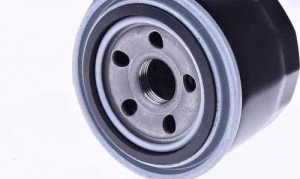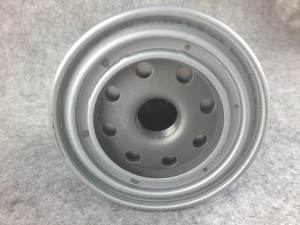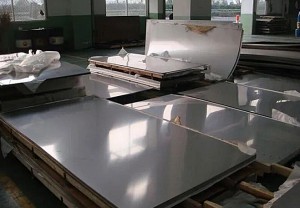The difference and use of the metal material SECC/SPHC/SPTE commonly used in the production of filters.
No 1: SECC electrolytic lead zinc-plated steel sheet
It is a stamping material, that is, a zinc layer is plated on the surface of the cold rolled sheet. Rust and corrosion resistant. The general board thickness is 0.4~3.2mm.
Symbol:
S-Steel
E-Plating (Electrodeposition)
C-Cold rolled (Cold)
The fourth place is C-Common, D-Draw and E-Elongation.
Zinc layer code: E8, E16, E24, E32
Zinc layer code: E- electro-galvanized layer. 8, 16, 24, 32 indicate the amount of zinc adhesion, the unit is g/m2
Coating thickness (single side) 1.4μ, 4.2μ, 7.0μ.
Surface treatment code: C-chromic acid treatment, O-coating
, P-phosphoric acid treatment, S-chromic acid treatment + oiling, Q-phosphoric acid treatment + oiling, M-no treatment.
Marking rules: product name (steel plate or steel strip), the product standard number, brand, surface treatment category, zinc layer code, specifications and dimensions, and shape accuracy.
Marking example: steel plate, standard number Q/BQB430, grade SECC, surface chromic acid passivation treatment (C), zinc layer code 20/20, thickness 0.80mm, width 1000mm, ordinary precision (A), length 2000mm, unevenness according to Ordinary roughness accuracy PF.A
Then marked as:
Q/BQB 430 SECC-C-20/20 Steel plate: 0.80B×1000A×2000A-PF.A
No 2: SPHC hot rolled steel plate and steel strip
SPHC stands for hot-rolled steel plate (its corresponding cold-rolled plate is SPCC), which is equivalent to the 10# and 15# steel hot-rolled plates in the national standard GB699 (national standard for high-quality carbon structural steel), and their carbon content The range is about 0.1-0.15%;
Symbol:
S is the abbreviation of Steel,
P is the abbreviation of Plate,
H is the abbreviation of Heat,
C is the abbreviation of Commercial;
Hot-rolled steel plates are divided into two types: thick plates (thickness greater than 4mm) and thin plates (thickness 0.35~4mm);
The termination temperature of hot rolling is generally 800~900, and then it is generally cooled in air, so the hot rolling state is equivalent to normalizing treatment.
Metal materials delivered in the hot-rolled state have a certain degree of corrosion resistance because the surface is covered with a layer of oxide film. The requirements for storage, transportation and storage are not as strict as those of cold-drawn (rolled) delivery materials, such as large and medium-sized steel, Medium and thick steel plates can be stored in the open yard or after being covered.
No 3: SPTE tin plated steel sheet
Namely tin plate, commonly known as tinplate, refers to cold-rolled low-carbon thin steel plate or steel strip (SPCC) plated with commercial pure tin on both sides.
The thickness is generally between 0.15-0.3mm, and the width is variable, generally between 300-900mm.
This kind of coated steel plate has been called “tinplate” in China for a long time. Some people think that because the tinplate used to make cans was imported from Macau (English name Macau can be read as horse mouth), it is called “tinplate”. There are also other sayings. For example, China used this kind of tin-plated sheet to make kerosene lamp caps, which were shaped like horse horns, so they were called “tinplates.” ”
The name “tinplate” is not exact. Therefore, the name of “tinplate” was no longer used in official documents at the China Tinplate Conference in 1973.
Post time: Jun-28-2021












